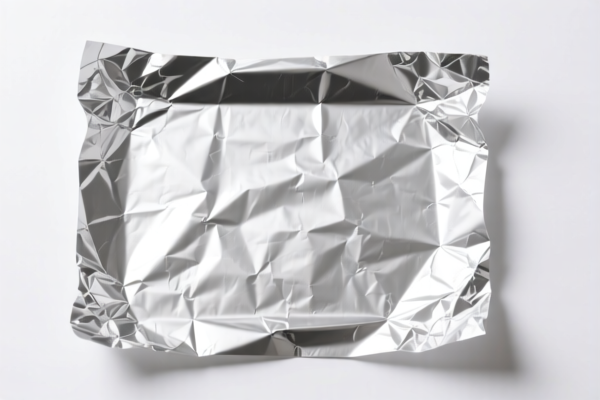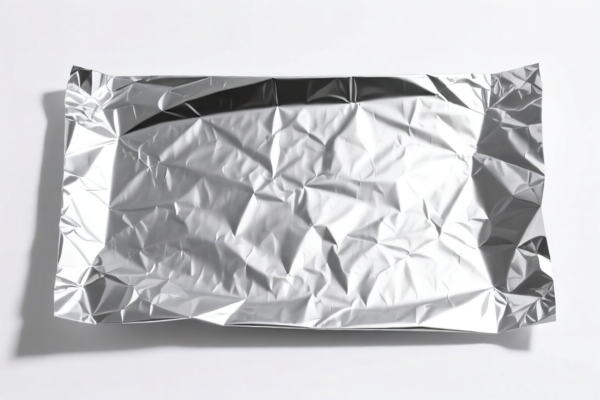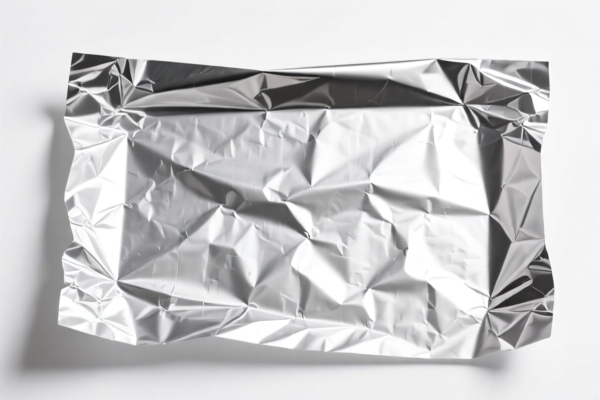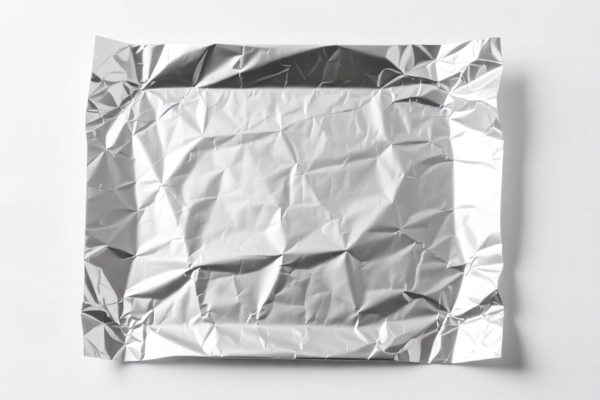| HS Code | Official Doc | Tariff Rate | Origin | Destination | Effective Date |
|---|---|---|---|---|---|
| 4818900080 | Doc | 37.5% | CN | US | 2025-05-12 |
| 4823901000 | Doc | 55.0% | CN | US | 2025-05-12 |
| 8441900000 | Doc | 55.0% | CN | US | 2025-05-12 |
| 8441100000 | Doc | 55.0% | CN | US | 2025-05-12 |
| 3919905060 | Doc | 60.8% | CN | US | 2025-05-12 |
| 3921904010 | Doc | 34.2% | CN | US | 2025-05-12 |




Baking Paper
Baking paper, also known as parchment paper, is a specialty paper used for baking, preparing food, and lining various kitchen surfaces. It is grease-proof, non-stick, and can withstand high temperatures.
Material
Baking paper is made from wood pulp that has been treated to render it grease-proof and heat-resistant. Historically, it was made from animal parchment, hence the name, but modern baking paper is cellulose-based. A coating, often silicone, provides the non-stick properties.
Purpose
The primary purpose of baking paper is to prevent food from sticking to baking sheets, pans, and other cookware. It simplifies the baking process and cleanup. Beyond baking, it is used for lining pans for freezing, wrapping food for storage, and creating makeshift piping bags.
Function
- Non-Stick Surface: The silicone coating creates a surface that food does not adhere to easily.
- Heat Resistance: Baking paper can withstand temperatures up to approximately 420-450°F (215-232°C) without burning or releasing harmful substances.
- Grease-Proofing: It prevents fats and oils from soaking through, keeping baking sheets clean and reducing the need for excessive greasing.
- Moisture Control: Can help regulate moisture levels during baking, contributing to even cooking.
Usage Scenarios
- Baking Cookies: Prevents sticking and ensures even browning.
- Roasting Vegetables: Keeps vegetables from sticking and allows for easier cleanup.
- Lining Cake Pans: Facilitates easy removal of cakes and prevents tearing.
- Freezing Food: Prevents food from sticking together and freezer burn.
- Creating En Papillote Packets: Wrapping food in baking paper for steaming or baking.
- Making DIY Piping Bags: For decorating cakes and pastries.
Common Types
- Regular Baking Paper: Standard width rolls suitable for general baking purposes.
- Pre-Cut Baking Paper Sheets: Conveniently sized sheets for lining specific pans.
- Silicone Baking Paper: Contains a higher silicone content for enhanced non-stick properties.
- Unbleached Baking Paper: Made from unbleached pulp, often preferred for health and environmental reasons.
- Patterned Baking Paper: Available in various designs for aesthetic purposes.
- Perforated Baking Paper: Pre-cut with perforations for easy shaping and use in specific cookware.
Baking paper typically refers to paper used for baking food, preventing sticking, and easy cleanup. It is often made of cellulose fibers and may be coated for enhanced non-stick properties.
The following HS codes are relevant based on the provided reference material:
- 4818.90.00.80: This HS code covers toilet paper and similar paper, cellulose wadding or webs of cellulose fibers, of a kind used for household or sanitary purposes, in rolls not exceeding 36 cm in width, or cut to size or shape; handkerchiefs, cleansing tissues, towels, tablecloths, table napkins, bed sheets and similar household, sanitary or hospital articles, articles of apparel and clothing accessories, of paper pulp, paper, cellulose wadding or webs of cellulose fibers: Other. The total tax rate is 37.5%, comprising a base tariff of 0.0% and an additional tariff of 7.5%, increasing to 30.0% after April 2, 2025.
- 4823.90.10.00: This HS code covers other paper, paperboard, cellulose wadding and webs of cellulose fibers, cut to size or shape; other articles of paper pulp, paper, paperboard, cellulose wadding or webs of cellulose fibers: Other: Of paper pulp. The total tax rate is 55.0%, consisting of a base tariff of 0.0% and an additional tariff of 25.0%, rising to 30.0% after April 2, 2025.
- 3919.90.50.60: This HS code covers self-adhesive plates, sheets, film, foil, tape, strip and other flat shapes, of plastics, whether or not in rolls: Other: Other Other. The total tax rate is 60.8%, including a base tariff of 5.8% and an additional tariff of 25.0%, increasing to 30.0% after April 2, 2025.
- 3921.90.40.10: This HS code covers other plates, sheets, film, foil and strip, of plastics: Other: Other: Flexible Reinforced with paper. The total tax rate is 34.2%, consisting of a base tariff of 4.2% and an additional tariff of 0.0%, rising to 30.0% after April 2, 2025.
It is important to note that the applicable HS code will depend on the specific composition and characteristics of the baking paper. If the baking paper is coated with plastic, HS codes 3919.90.50.60 or 3921.90.40.10 may be more appropriate. If it is primarily composed of paper pulp, HS codes 4818.90.00.80 or 4823.90.10.00 may be more suitable.
Customer Reviews
No reviews yet.